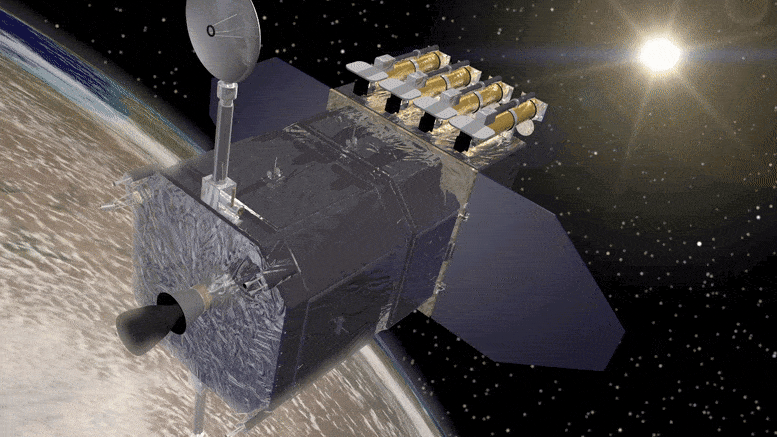NASA’s Solar Dynamics Observatory Captures Intense Solar Flare Erupting From Sun
Updated: 2023-03-31 09:48:31
 On March 28, 2023, the Sun emitted a strong solar flare, peaking at 10:33 p.m. ET. NASA’s Solar Dynamics Observatory, which watches the Sun constantly,...
On March 28, 2023, the Sun emitted a strong solar flare, peaking at 10:33 p.m. ET. NASA’s Solar Dynamics Observatory, which watches the Sun constantly,...
 “Charming” Experiment Finds Gluon Mass in the Proton Experimental determination of the proton’s gluonic gravitational form factors may have revealed part of proton’s hidden mass....
“Charming” Experiment Finds Gluon Mass in the Proton Experimental determination of the proton’s gluonic gravitational form factors may have revealed part of proton’s hidden mass.... Taking advantage of a phenomenon called gravitational lensing, a team of astronomers has discovered one of the biggest black holes ever found. Light-bending gravity The...
Taking advantage of a phenomenon called gravitational lensing, a team of astronomers has discovered one of the biggest black holes ever found. Light-bending gravity The...